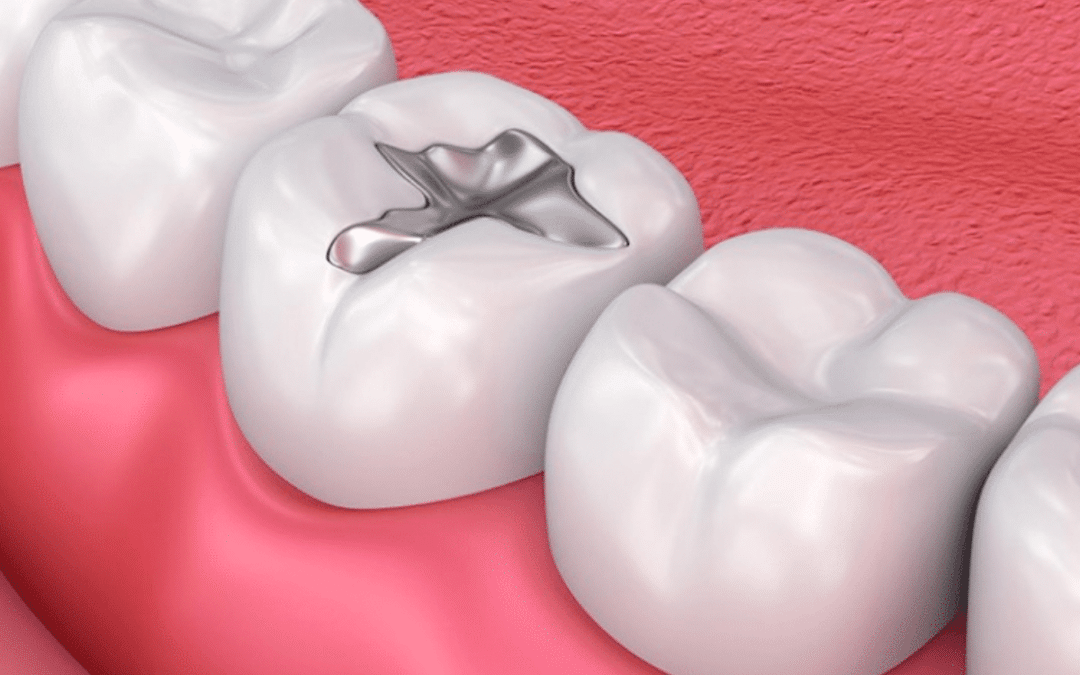Ever wondered about the safety of mercury fillings in your teeth?
With growing health concerns, many people are questioning whether these traditional dental materials are still a good choice. Mercury fillings, or amalgams, have been used for decades to repair cavities, but their safety has come under scrutiny.
Let’s dive into the world of mercury fillings to uncover their impact on both your oral and overall health. We’ll explore what these fillings are made of, how they affect your dental health, and whether the risks outweigh the benefits.
Understanding the facts can help you make informed decisions about your dental care and ensure you’re not compromising your health. Ready to get the scoop? Let’s explore the pros, cons, and alternatives to mercury fillings.
What Are Mercury Fillings?
Mercury fillings, commonly known as amalgam fillings, have been a staple in dentistry for over a century. These fillings consist of a blend of metals, including mercury, silver, tin, and copper. The mercury binds the metals together, creating a durable and long-lasting material for filling cavities.
Definition and Composition:
- Mercury: Accounts for about 50% of the filling. It helps to make the amalgam material soft and workable.
- Silver, Tin, and Copper: These metals enhance the filling’s strength and durability.
Common Use in Dentistry:
- Durability: Mercury fillings are known for their toughness, making them suitable for high-pressure areas like the back teeth.
- Cost-Effectiveness: They are often less expensive than other filling materials, which makes them a popular choice in many dental practices.
While effective, it’s important to understand how these fillings could impact your health and explore safer alternatives.
How Mercury Fillings Affect Oral Health?
Mercury fillings are designed to be durable and functional, but they come with potential risks. Understanding these impacts can help you make an informed choice about your dental care.
Potential Risks and Benefits:
- Durability: Mercury fillings are robust and can last for years, making them suitable for filling cavities in areas that experience a lot of pressure from chewing.
- Wear and Tear: Over time, mercury fillings can wear down and cause dental issues like fractures in the surrounding tooth structure.
Impact on Tooth Structure and Health:
- Expansion and Contraction: Mercury fillings can expand and contract with temperature changes, which might lead to cracks in the tooth.
- Potential for Sensitivity: Some people experience tooth sensitivity or discomfort after getting mercury fillings due to changes in the tooth structure.
Concerns About Mercury Exposure
The safety of mercury fillings has been a topic of debate. Understanding the potential risks associated with mercury exposure is crucial for making informed decisions.
Mercury Toxicity and Its Effects:
- Health Risks: Mercury is a toxic substance, and its vapors can be harmful when inhaled over long periods. This has raised concerns about its impact on overall health.
- Systemic Effects: Mercury exposure has been linked to various health issues, including neurological and kidney problems, although the levels in dental fillings are generally considered low.
Scientific Studies and Findings:
- Research Findings: Studies have shown conflicting results about the health risks of mercury fillings. Some research indicates minimal risk, while other studies suggest potential health concerns, especially with long-term exposure.
- Regulatory Perspectives: Agencies like the American Dental Association (ADA) and the World Health Organization (WHO) generally consider mercury fillings safe, but they acknowledge the need for ongoing research.
Alternatives to Mercury Fillings
If you’re concerned about mercury fillings, several alternatives can provide a safer and aesthetically pleasing option for dental restorations.
Types of Non-Mercury Fillings:
- Composite Resin: Made from a blend of plastic and fine glass particles, composite resins are tooth-colored and blend seamlessly with your natural teeth.
- Ceramic Fillings: These fillings are made from porcelain and offer durability and a natural appearance. They are more resistant to staining compared to composite resins.
Advantages of Alternative Materials:
- Aesthetic Appeal: Non-mercury fillings can be color-matched to your natural teeth, making them less noticeable.
- Biocompatibility: Materials like composite resin and ceramic are generally considered safer and less likely to cause allergic reactions or other health issues.
What to Do if You Have Mercury Fillings?
If you have mercury fillings and are concerned about their safety, there are steps you can take to manage and potentially replace them.
Recommendations for Monitoring and Maintenance:
- Regular Check-Ups: Regular dental visits can help monitor the condition of your mercury fillings and detect any issues early.
- Signs of Wear: Watch for signs like cracks, chips, or discomfort, which may indicate that the filling needs attention.
When to Consider Replacement:
- Health Concerns: If you have concerns about mercury exposure or experience symptoms linked to mercury toxicity, discuss options with your dentist.
- Damage to Fillings: If your mercury fillings are damaged or deteriorating, your dentist can help you choose a suitable replacement material.
Understanding the safety and impact of mercury fillings can help you make informed choices about your dental health. While mercury fillings have been a reliable option for many years, concerns about mercury exposure and potential health risks have led many to seek safer alternatives. By staying informed about your options and consulting with your dentist, you can ensure that your dental care aligns with your health goals and provides you with peace of mind.

